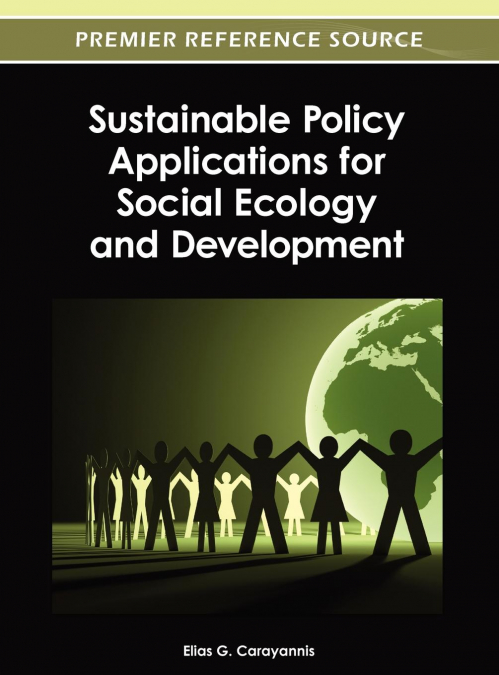
Social ecology is a philosophy rooted in deep-seated social problems, particularly in hierarchical political and social systems. Social ecologists throughout the world maintain a theory that present, ecological problems cannot be clearly understood, much less resolved, without resolutely dealing with problems within society. Therefore, social ecology locates the roots of these ecological crises firmly in the relations of domination between people. Sustainable Policy Applications for Social Ecology and Development establishes a new set of platforms for intellectual discourse and identification of critical and strategic emerging issues, the formulation of cogent and useful policies, and practice recommendations. This publication highlights provocative, but scholarly, views that diverge from the current 'conventional wisdom' taking into consideration the concepts of robust competitiveness, sustainable entrepreneurship, and democratic capitalism, central to its philosophy and objectives. The aim of this book is to highlight emerging research and practice at the dynamic intersection of these fields, where individuals, organizations, industries, regions, and nations are harnessing creativity and invention to achieve and sustain growth.